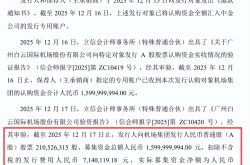Kioxia EXCERIA PLUS G4 Review
![]() 01/02 2025
01/02 2025
![]() 728
728
Recently, Kioxia officially unveiled its maiden PCIe 5.0 M.2 SSD, the EXCERIA PLUS G4 (VD10). Unlike other comparable products that often achieve read speeds of 14,000 MB/s, the VD10 offers a read speed of 10,000 MB/s, priced at a mere 1,299 yuan for the 2TB variant, significantly undercutting its competitors. Evidently, Kioxia's VD10 is a PCIe 5.0 SSD tailored for a distinct market segment. How does it fare in real-world scenarios, and who stands to benefit the most from it?
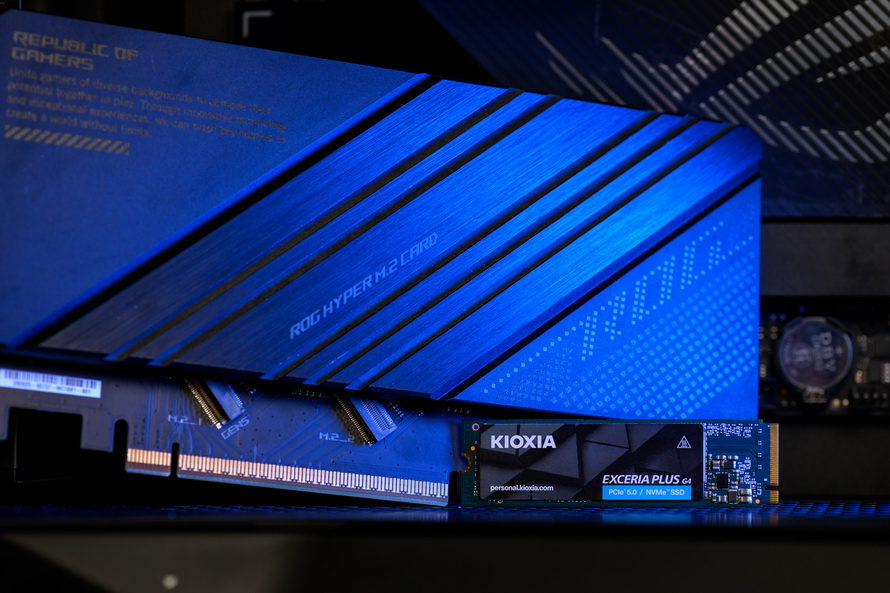
First-Generation 8th Generation BiCS FLASH
In 2024, SSD manufacturers introduced PCIe 5.0 M.2 SSDs, the majority of which prioritized extreme performance with sequential read speeds often surpassing 14,000 MB/s, priced at over 1,500 yuan or even exceeding 2,000 yuan. Kioxia has taken a different approach with its PCIe 5.0 SSD. Currently available in 1TB and 2TB capacities, both offer identical speeds of 10,000 MB/s for sequential reads and random read/write speeds of 1,300,000 IOPS and 1,400,000 IOPS, respectively. The primary difference lies in sequential write speeds, with the 1TB version achieving 7,900 MB/s and the 2TB variant at 8,200 MB/s. Nevertheless, both models outpace PCIe 4.0 SSDs in sequential read/write speeds and offer significantly longer lifespans, boasting endurance ratings of 600 TBW for the 1TB model and 1,200 TBW for the 2TB model.
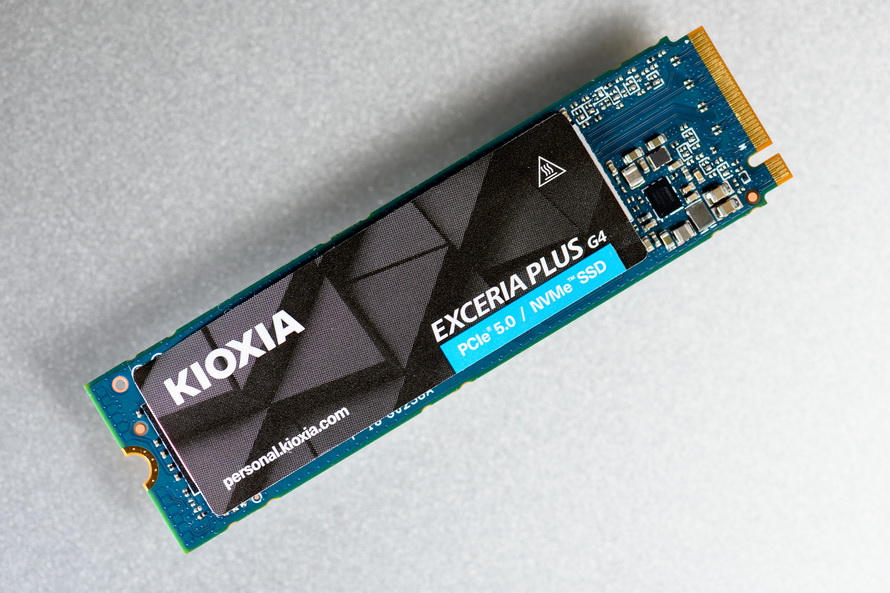
According to the official introduction, the VD10 is Kioxia's first consumer-grade SSD to incorporate the 8th generation BiCS FLASH chip, which is of the TLC type. The 1Tb TLC 8th generation BiCS FLASH chip features 218 layers, a storage density of 18.3Gb/mm2, and an interface bandwidth of 3.2Gbps, leveraging CBA and OPS technologies. BiCS FLASH comprises two components: an array of data storage cells and a CMOS circuit that controls this array. CBA (CMOS directly Bonded to Array) technology involves manufacturing both circuits using specially optimized processes and then connecting them at high temperatures, effectively minimizing electrical interference and enhancing power consumption and performance. OPS (On Pitch SGD) eliminates dummy memory strings within the chip, thereby boosting storage density.
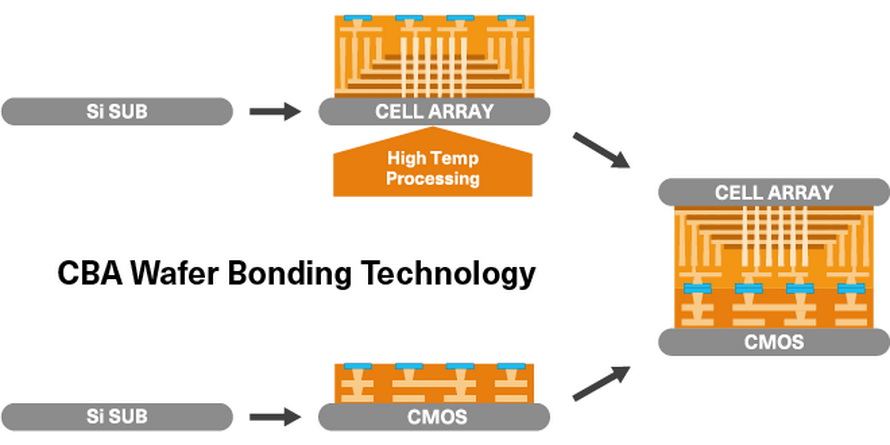
CBA

OPS
Upon peeling off the VD10 sticker, we observe two flash memory chips (for the 1TB version) and a controller from Phison. The SSD employs a single-sided PCB design with no chips on the reverse side, indicating it is a DRAM-LESS SSD. The Phison controller is labeled PS5031-E31-61, slightly differing from the previously disclosed PS5031-E31T model (PS5031-E31-75). Given that the PS5031-E31T offers sequential read/write speeds of 10,800 MB/s and random read/write speeds of 1,500K IOPS, it is plausible that the PS5031-E31-61 also belongs to the Phison PS5031-E31T series, targeting low-power platforms and manufactured using 7nm process technology.
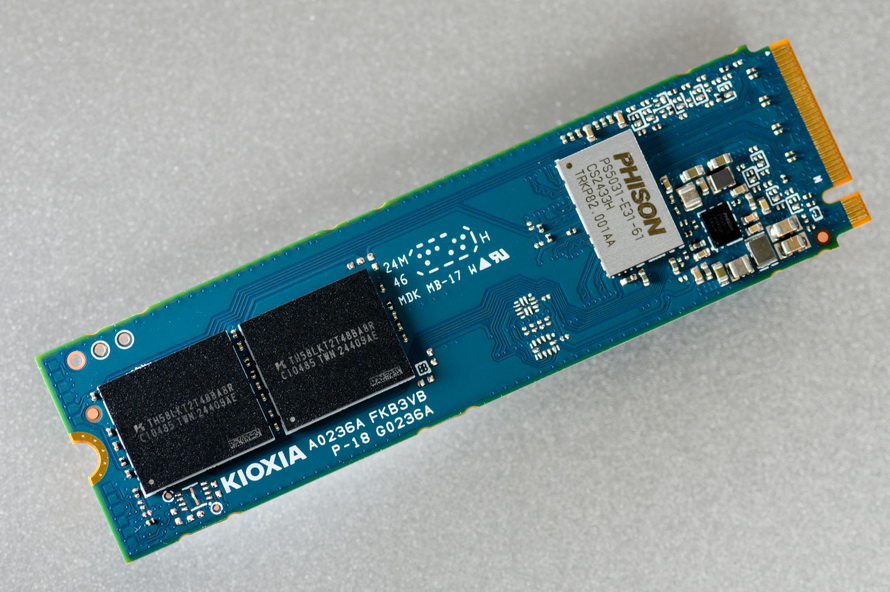
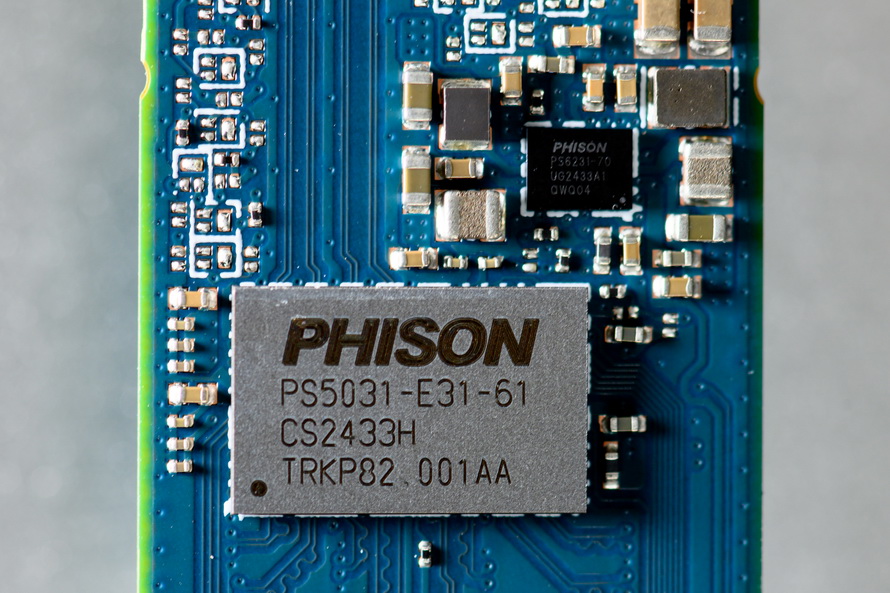
The flash memory chips bear the Kioxia logo, confirming their authenticity as original factory particles. Notably, the chips are oriented with their long sides parallel to the SSD's long side, a relatively rare layout where the chips are rotated 90 degrees.
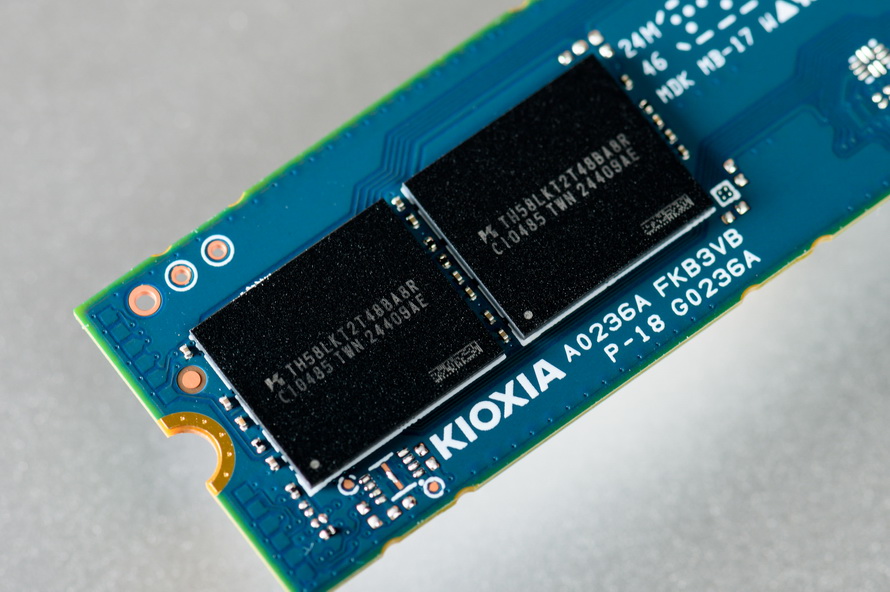
Interestingly, the VD10 sticker serves a dual purpose; upon removal, it reveals a copper foil layer on the back, aiding in heat dissipation for the chips.
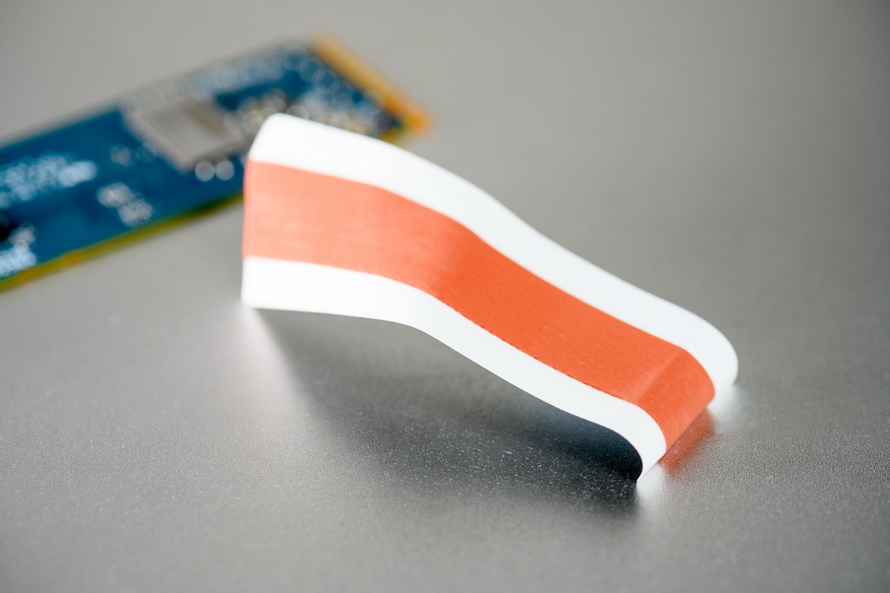
Performance Testing
From the DRAM-LESS design and controller chip, it's evident that Kioxia's VD10 SSD prioritizes a balance between performance and power consumption. Let's delve into its actual performance. The test platform utilizes an Intel 13900K processor and an ROG MAXIMUS Z790 HERO motherboard, with the SSD connected to the motherboard via a PCIe 5.0 M.2 adapter. Detailed configurations are outlined below.
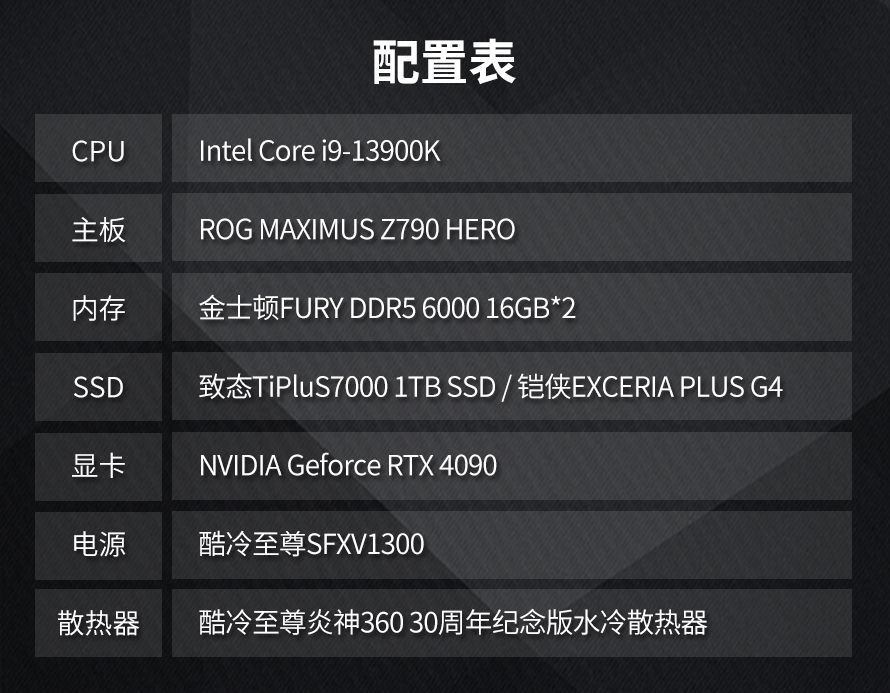
The initial test employs CrystalDiskMark to assess whether the VD10 meets its theoretical performance benchmarks. The actual sequential read speed is 10,257 MB/s, sequential write speed is 8,477 MB/s, random read speed is 131,261 IOPS, and random write speed is 1,558,699 IOPS. These figures surpass the official specifications, particularly in random write speed.
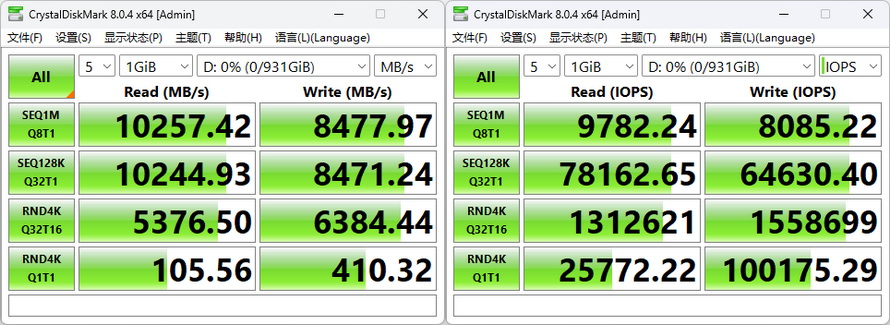
Next up is the ATTO test. In terms of sequential performance, the VD10 reaches a peak read speed of 9.58 GB/s (@8MB) and a peak write speed of 7.96 GB/s (@16MB, 32MB), closely mirroring the nominal values.

For random performance, the peak read speed is 178.59K IOPS (@4KB), and the peak write speed is 168.84K IOPS (@2KB), both exceeding the nominal values.
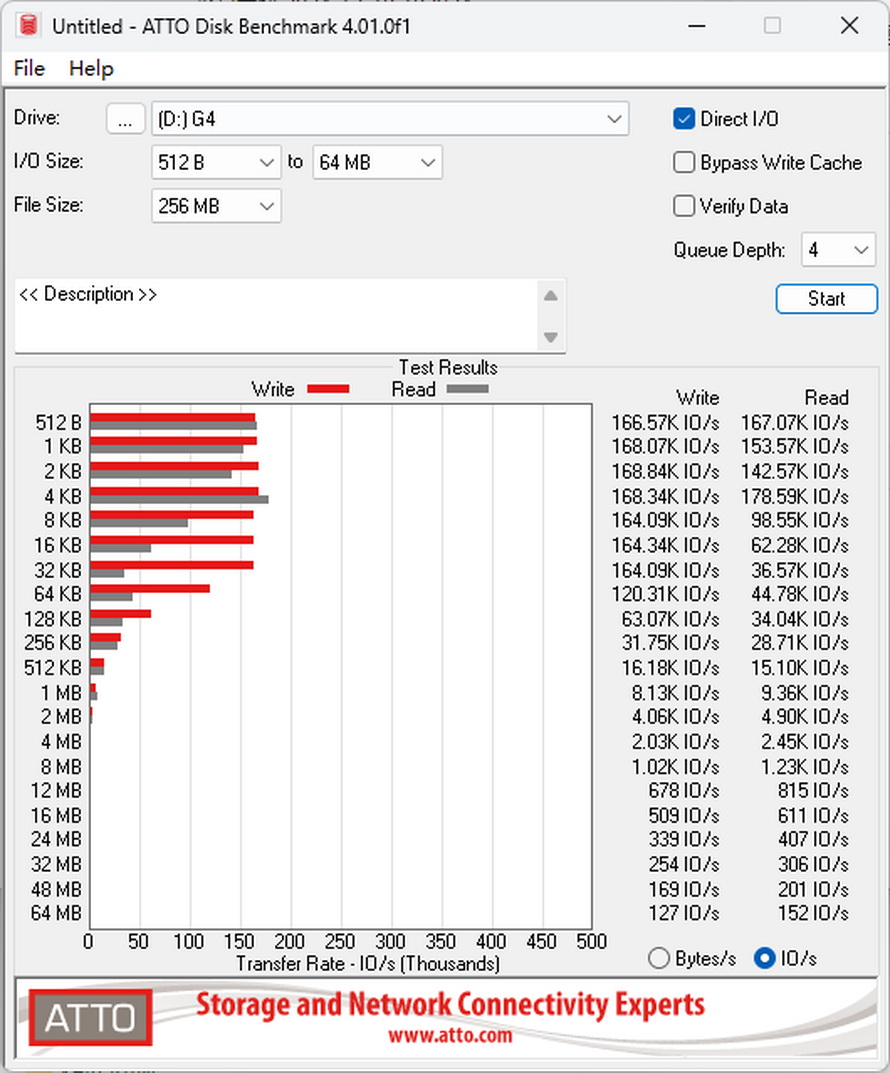
The subsequent test involves measuring full disk read/write performance using AIAD64. Under Linear Read settings, the VD10 completes a full write in 27 minutes and 42 seconds.
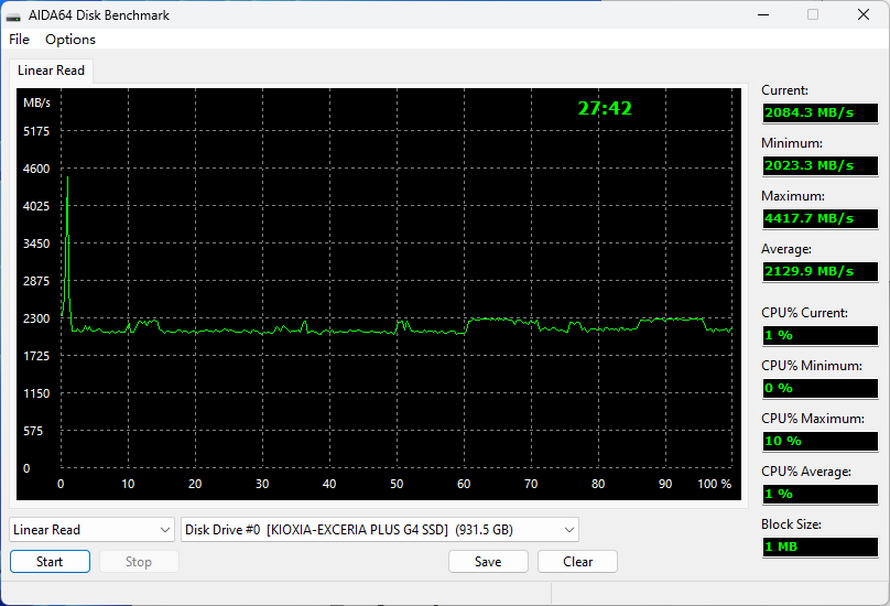
Under Linear Write settings, the VD10 takes 37 minutes and 17 seconds for a full write. It maintains high speeds for the initial 23% of capacity, suggesting an SLC cache size of approximately 214GB. Between 23% and 63%, performance declines with regular fluctuations. After 63%, performance further deteriorates, accompanied by irregular fluctuations.
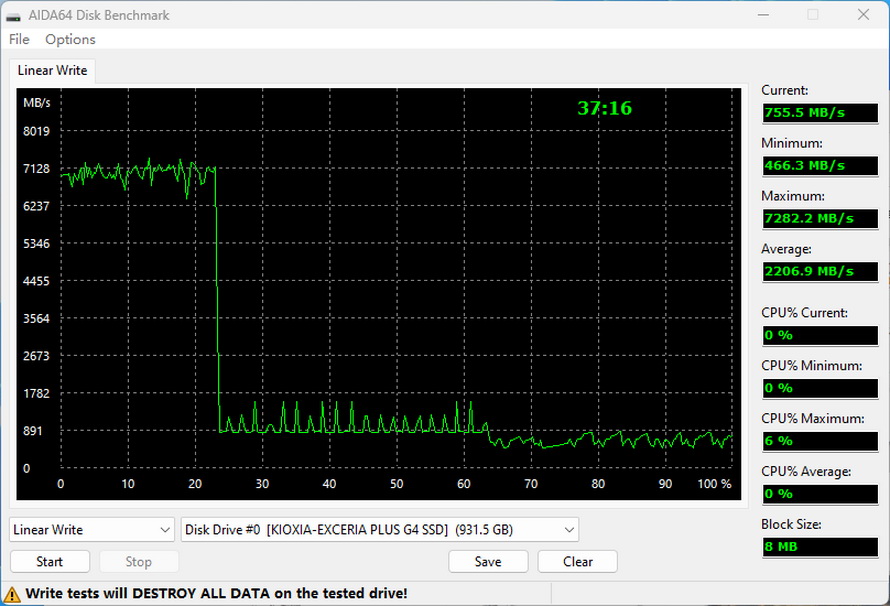
The next set of tests utilizes 3DMARK and PCMARK. In 3DMARK, the VD10 scores a total of 4,315, with a bandwidth of 728.04 MB/s and an average access time of 41 microseconds.
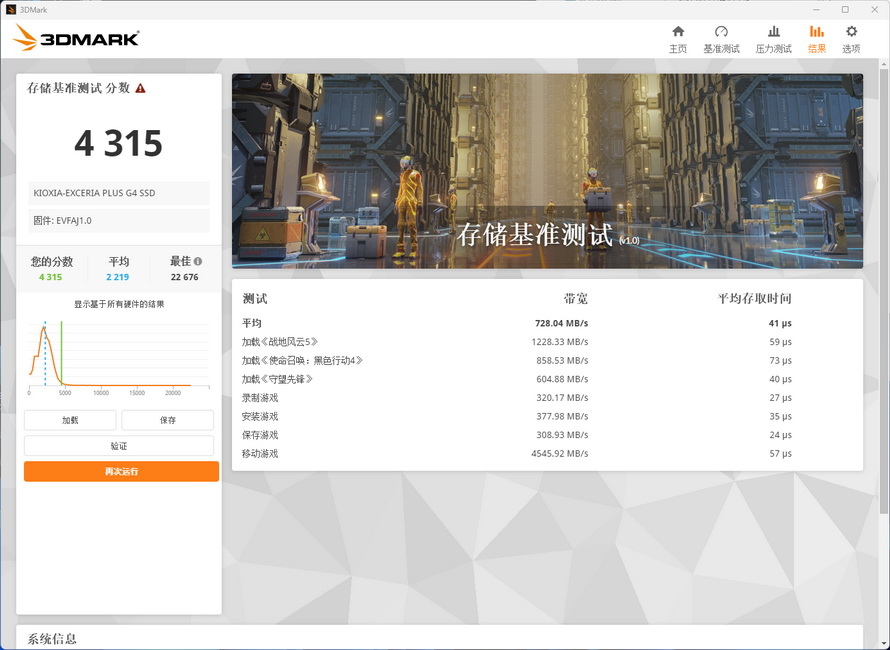
In PCMARK, the VD10 achieves a bandwidth of 758.11 MB/s and an average access time of 34 microseconds.
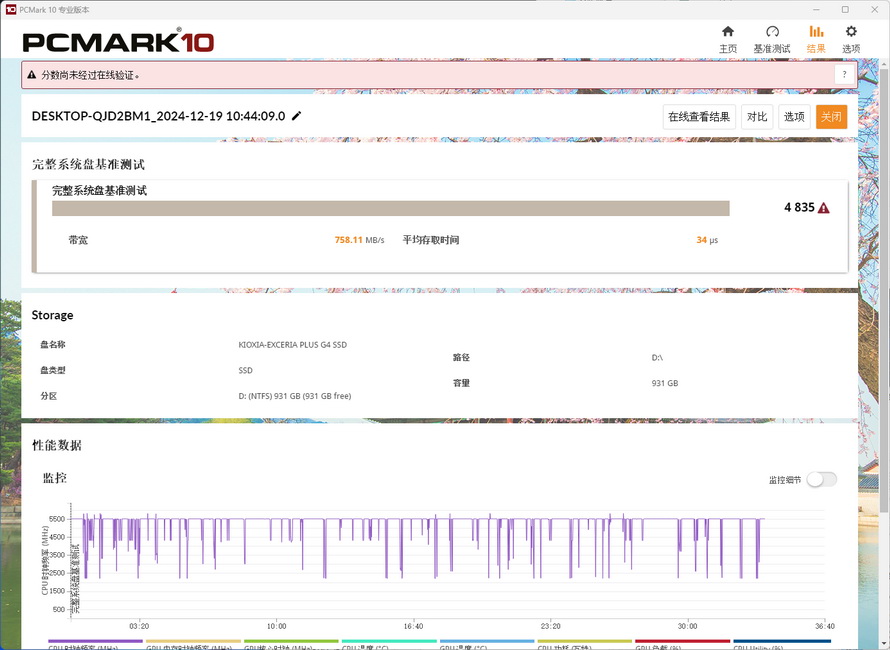
Today, SSDs are indispensable for video shooting and editing, particularly the latter. We also tested the VD10's performance in various video applications. First, using AJA System Test with settings of 4K resolution, 64GB file size, and 10bit YUV encoding, the VD10 delivers a read speed of 6,534 MB/s and 309 FPS, and a write speed of 7,387 MB/s and 349 FPS, indicating it can handle multi-track 4K video editing seamlessly.
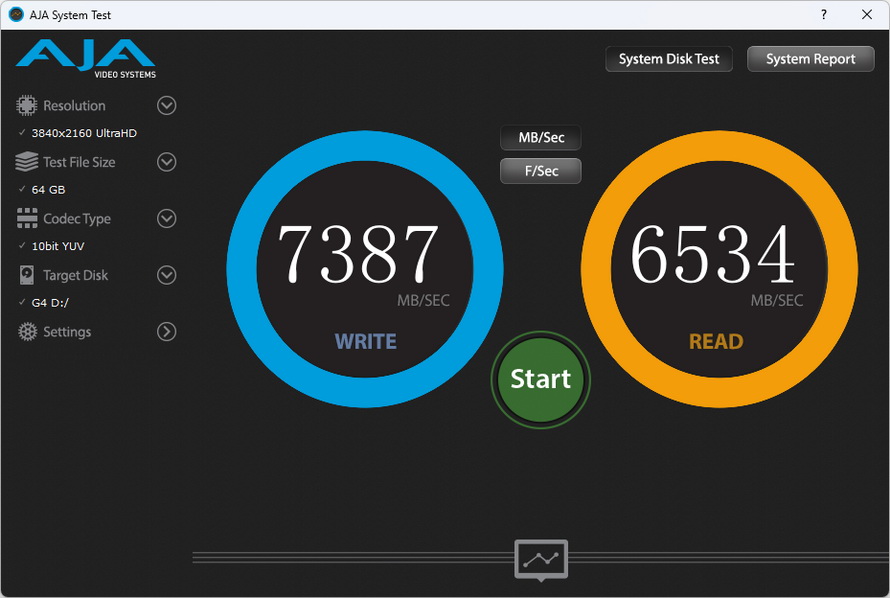
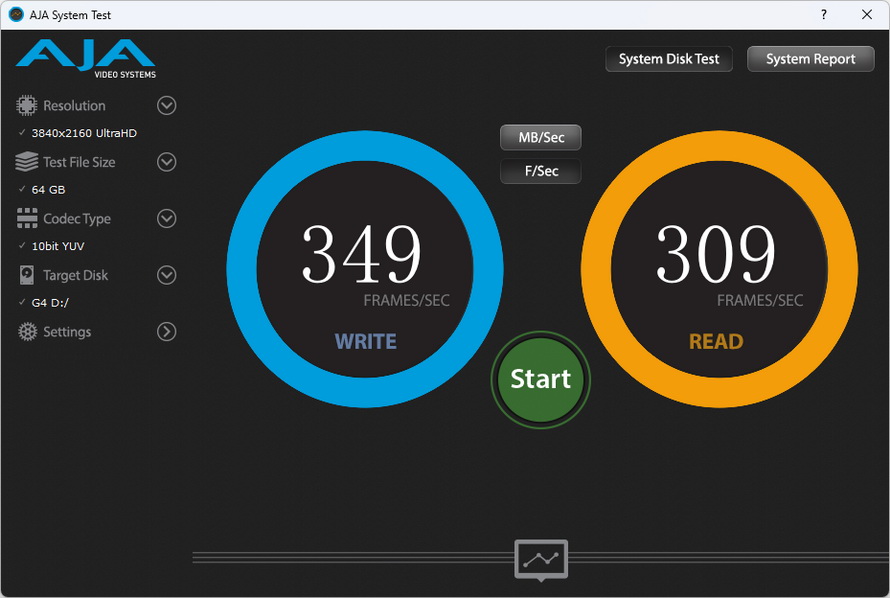
We also evaluated the VD10's performance in external recording with a Panasonic GH7 camera. The SSD is connected to the GH7 via a USB-C enclosure, and the camera is set to record 5.3K/30P ProRes RAW HQ video with a bitrate of up to 4.2Gbps. The VD10 chip is passively cooled by connecting a thermal pad to the metal enclosure of the hard drive.
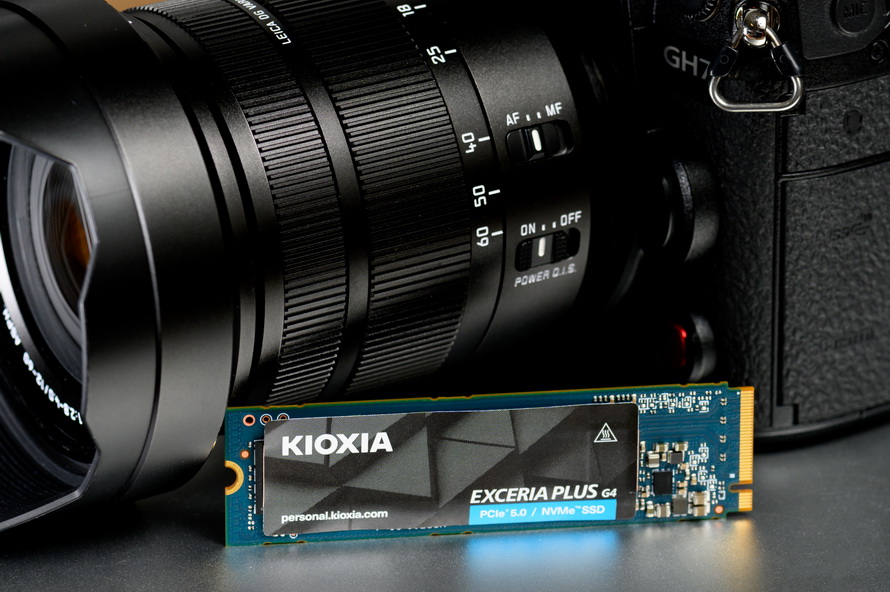
At a room temperature of approximately 21°C, the VD10 can continuously record ProRes RAW video for 40 minutes and 19 seconds, equivalent to writing 638GB of video files without interruption.
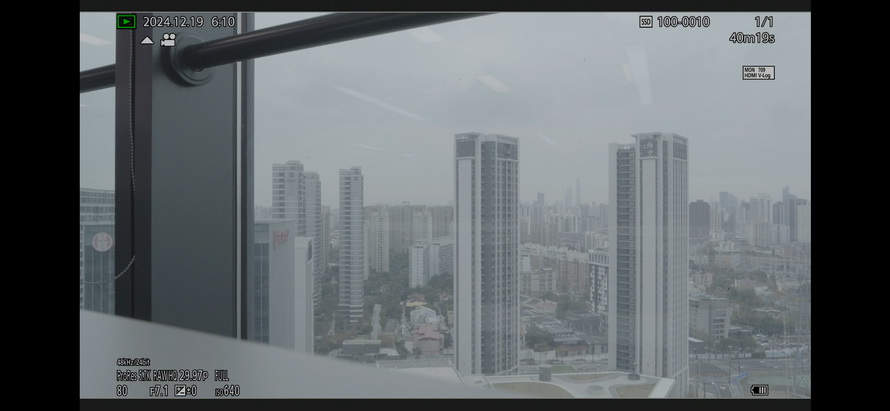
During recording, we utilized a FLIR ONE Pro to measure the surface temperature of the hard drive enclosure (also the SSD chip's outward-facing side). After 20 minutes of recording, the maximum surface temperature was approximately 31.2°C, and after 30 minutes, it was around 31.1°C, indicating excellent cooling performance.
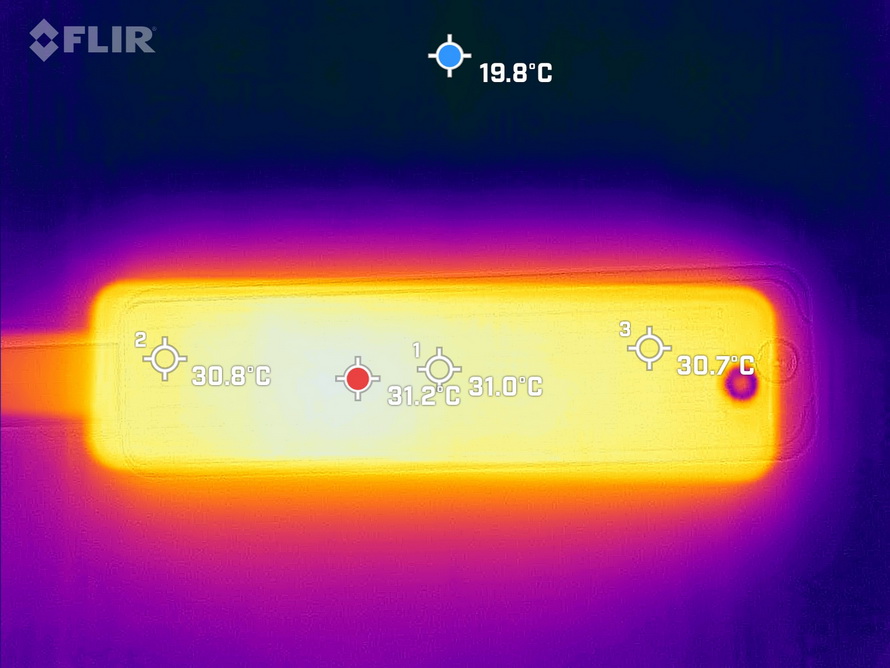
External Recording - Enclosure Surface Temperature (20th Minute)

External Recording - Enclosure Surface Temperature (30th Minute)
Next, we tested the loading speed of a 3A game. To quantify this, we measured the time taken for the SSD to load the 'Far Cry 6' Benchmark, from the moment "Test in Hardware Detection" was clicked until the Benchmark screen appeared. With settings of 2.5K resolution and maximum graphics settings, the VD10 completed the task in just 10.6 seconds.
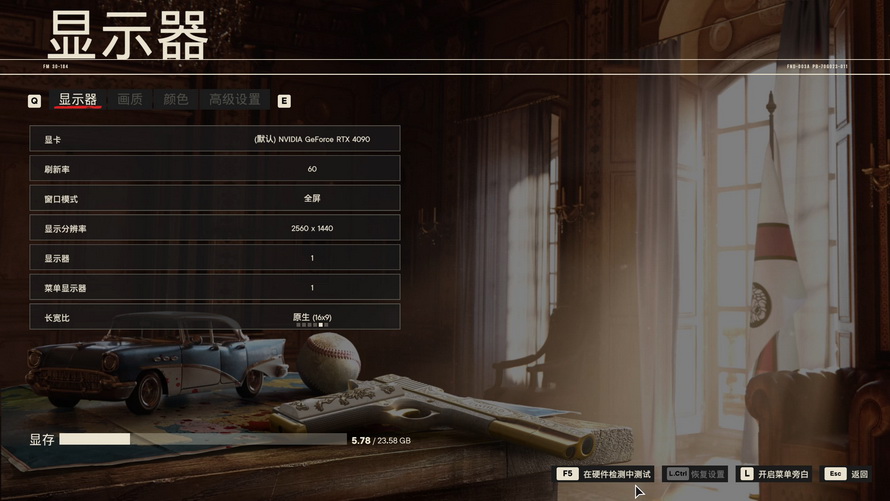
For the final performance test, we loaded a 24.6GB NASA starry sky image in Photoshop, starting the timer when the photo was dragged into Photoshop and stopping it when the image fully rendered (excluding rendering time). The actual time taken was 13.8 seconds, showcasing impressive performance.
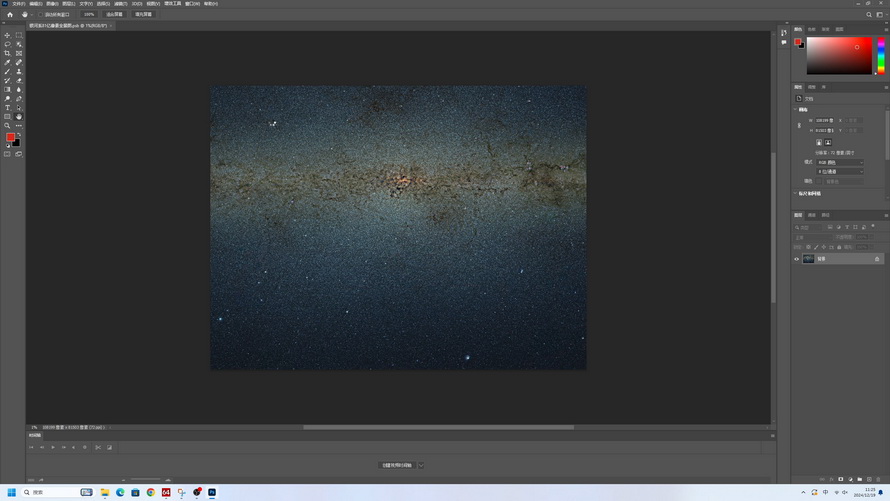
During the external recording test with the GH7, the VD10 demonstrated exceptional temperature control. To further assess its capabilities, we increased the load on the VD10. We conducted additional tests on a PC, eliminating all external cooling measures and relying solely on the SSD's passive cooling (including the built-in sticker) to test the AIAD64 Linear Write duration.
Array
Array
Array
Array
Array
Array






